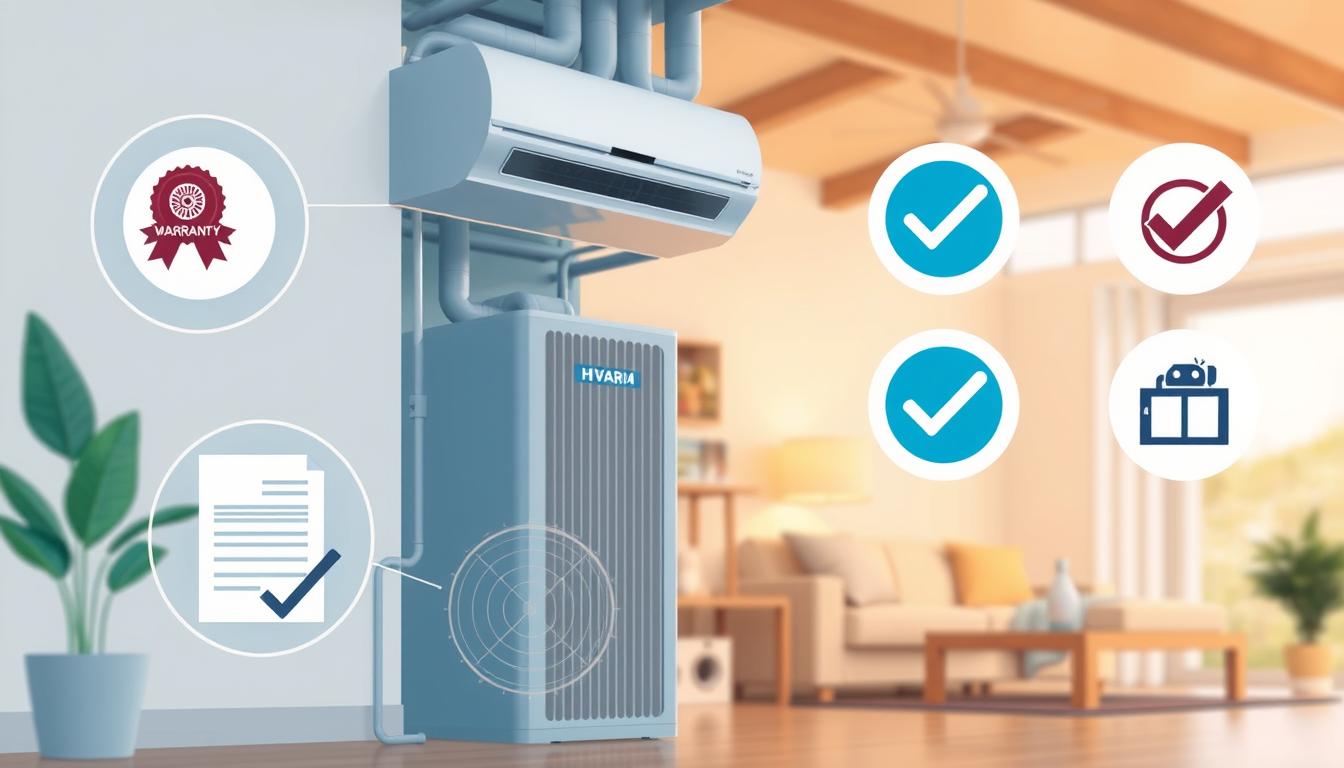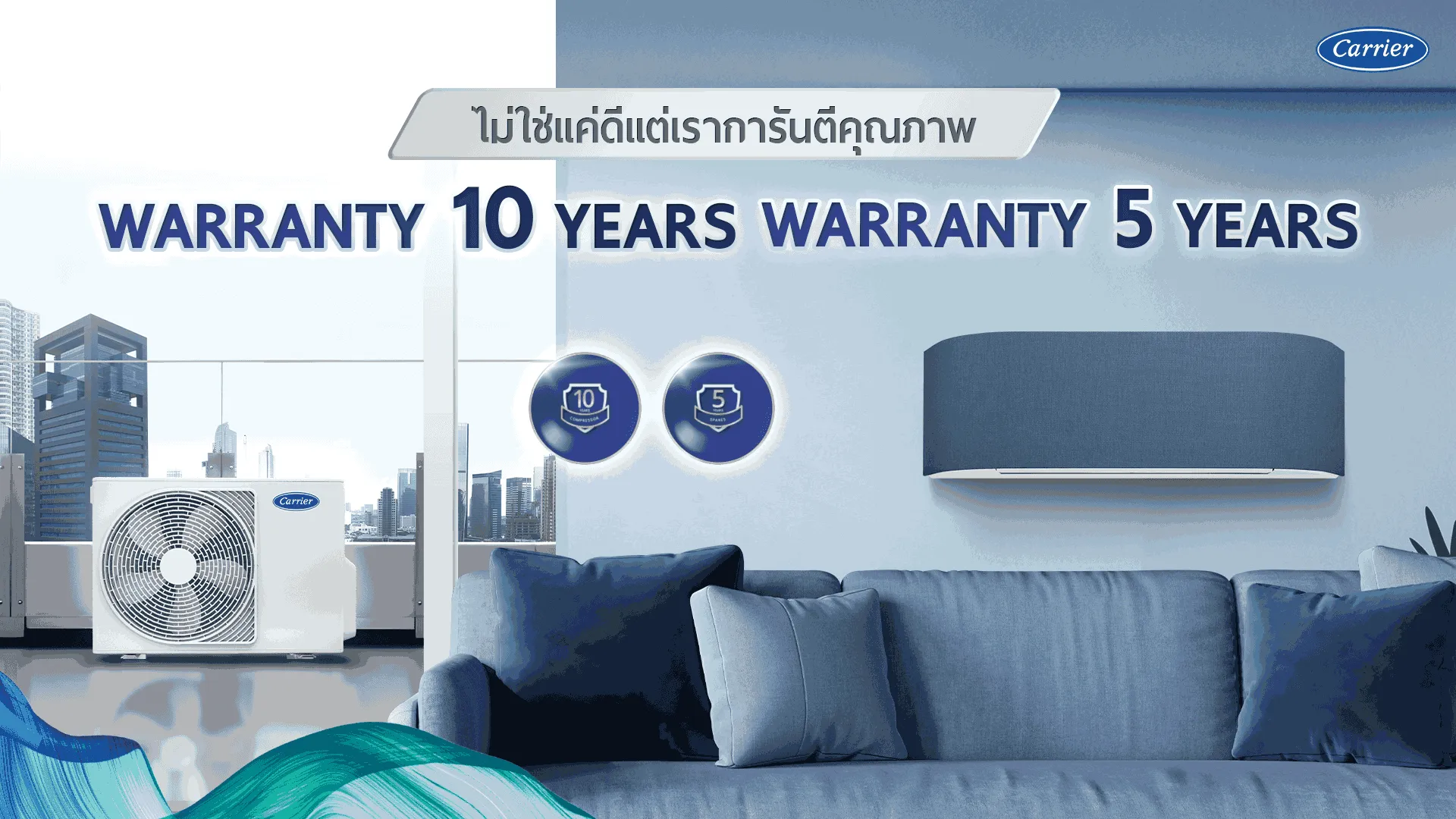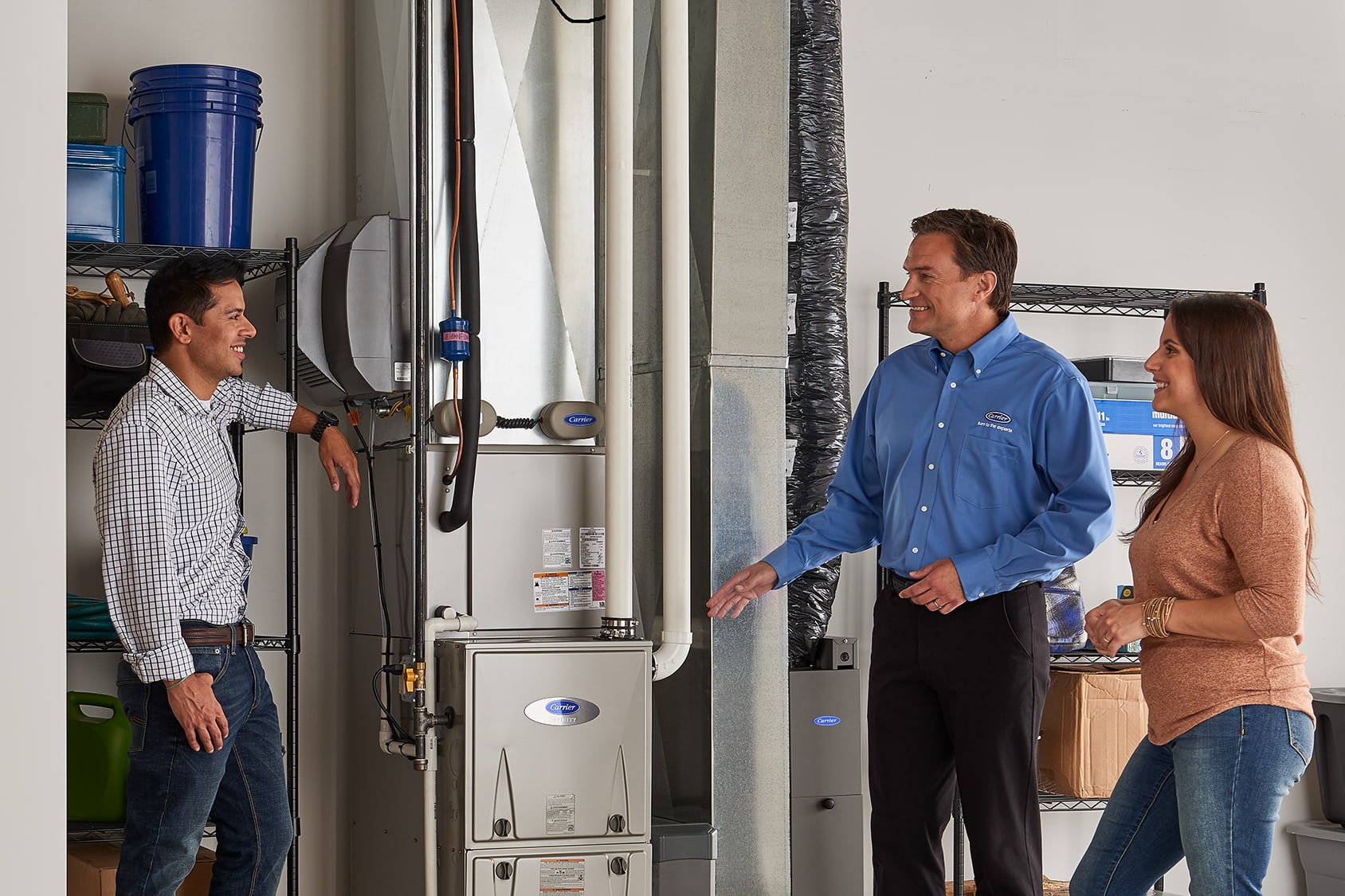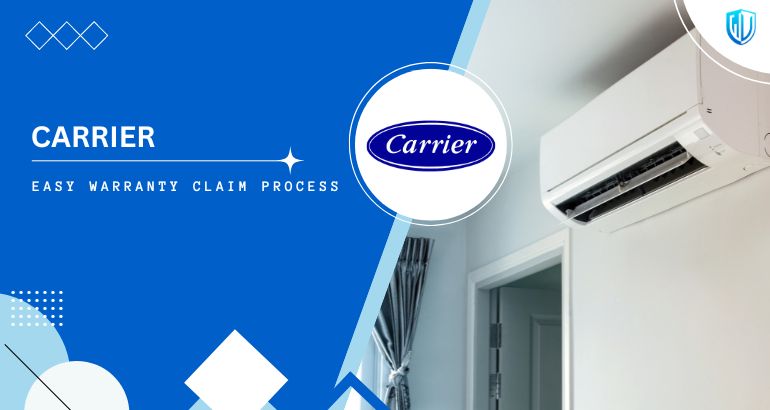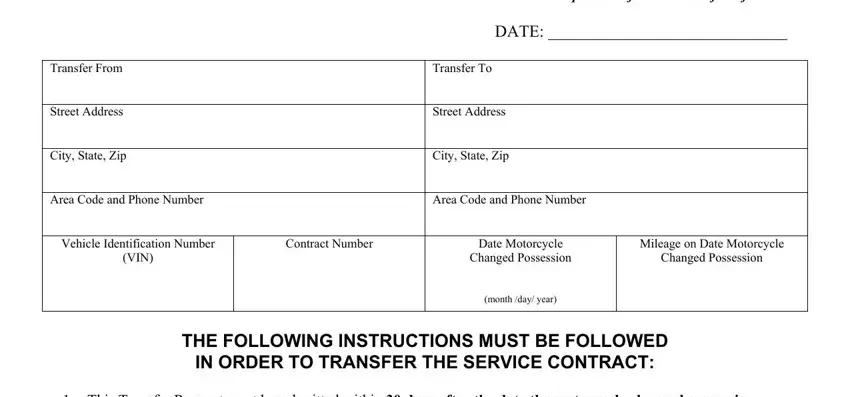Carrier Warranty Transfer

Understanding Carrier HVAC Warranty Transfers: A Comprehensive Guide
Investing in a new HVAC system is a significant decision. Understanding the warranty that comes with your unit is crucial, especially when considering future property sales or changes in ownership. Carrier, a leading manufacturer of heating, ventilation, and air conditioning systems, offers warranties that can provide peace of mind. This guide explores the ins and outs of Carrier warranty transfers, helping you make informed decisions.
What is a Carrier HVAC Warranty?
A Carrier HVAC warranty protects you against defects in materials or workmanship. The standard warranty typically covers parts for a specific period, often 5 to 10 years. Some premium models offer extended warranties that include labor costs, which can be substantial. Registering your Carrier HVAC system promptly after installation is essential to activate the warranty. Without registration, the parts warranty reverts to a shorter duration.
AFUE (Annual Fuel Utilization Efficiency), SEER (Seasonal Energy Efficiency Ratio), and HSPF (Heating Seasonal Performance Factor) are key ratings to consider when choosing a new HVAC system. Higher ratings generally indicate greater energy efficiency, translating to lower utility bills. However, they can also impact the cost of the unit and, potentially, the warranty terms.
Can You Transfer a Carrier HVAC Warranty?
The transferability of a Carrier HVAC warranty depends on several factors. Here's a breakdown:
Standard Limited Warranty
Generally, the standard limited warranty offered by Carrier is not transferable to subsequent homeowners. This means if you sell your home, the new owner will not be covered by the original warranty terms. This is a significant consideration for both sellers and buyers, as it can affect the perceived value of the property and the potential for future repair costs.
Registered vs. Unregistered Systems
Even if the warranty is technically not transferable, registration plays a crucial role. An unregistered system typically defaults to a shorter warranty period. If a new homeowner inherits an unregistered system, they might be unaware of this reduced coverage.
Circumstances Allowing Transfer
While not common, there are specific circumstances where a transfer might be possible. These usually involve:
- Immediate Family Transfers: In some cases, transferring ownership to a spouse or immediate family member might allow the warranty to remain in effect. However, this requires contacting Carrier directly and providing the necessary documentation.
- Specific Warranty Programs: Certain premium Carrier models or promotions might include transferable warranty options. Always check the fine print of your specific warranty agreement.
Carrier Warranty Transfer Process: What to Expect
Even when a transfer is possible, it's not automatic. Here's a general outline of the process:
- Contact Carrier: Initiate the process by contacting Carrier's customer service department. They can provide information on whether your specific warranty is eligible for transfer and the required steps.
- Gather Documentation: You'll likely need the original installation date, model and serial numbers of the HVAC system, proof of purchase, and documentation of the property transfer (e.g., deed or sales agreement).
- Complete Paperwork: Carrier will likely require you to complete a transfer request form. Ensure all information is accurate and complete.
- Pay Fees (If Applicable): Some transfers might involve a processing fee. Confirm this with Carrier beforehand.
- Confirmation: Once the transfer is approved, you should receive written confirmation from Carrier outlining the new warranty terms and effective date.
Carrier HVAC Systems: Popular Models and Warranties
Carrier offers a range of HVAC systems with varying levels of efficiency and warranty coverage. Here's a brief overview of some popular models:
Carrier Infinity Series
The Infinity series represents Carrier's premium line, offering the highest efficiency and most advanced features. These units often come with extended warranty options and potentially transferable components under specific conditions.
- Features: Variable-speed operation, zoning capabilities, advanced diagnostics, and smart home integration.
- AFUE: Up to 98.5% (furnaces)
- SEER: Up to 26 (air conditioners)
- HSPF: Up to 13 (heat pumps)
Carrier Performance Series
The Performance series balances efficiency and affordability. These units offer a good compromise for homeowners seeking reliable performance without the premium price tag.
- Features: Two-stage operation (select models), quiet operation, and efficient cooling and heating.
- AFUE: Up to 96.5% (furnaces)
- SEER: Up to 17 (air conditioners)
- HSPF: Up to 9.5 (heat pumps)
Carrier Comfort Series
The Comfort series provides an entry-level option with standard efficiency and essential features. These units are ideal for budget-conscious homeowners.
- Features: Single-stage operation, reliable performance, and basic cooling and heating.
- AFUE: Up to 80% (furnaces)
- SEER: Up to 16 (air conditioners)
- HSPF: Up to 8.5 (heat pumps)
Warranty Note: Always verify the specific warranty terms and conditions for each model with your Carrier dealer or on the Carrier website. The standard warranty terms typically apply, with limited transferability.
The Importance of HVAC Maintenance
Regardless of whether your Carrier HVAC warranty is transferable, regular maintenance is crucial for ensuring optimal performance and longevity. Neglecting maintenance can void the warranty and lead to costly repairs.
Recommended Maintenance Practices
- Regular Filter Changes: Replacing air filters every 1-3 months improves airflow and protects the system from dust and debris.
- Annual Professional Tune-Ups: Schedule annual maintenance with a qualified HVAC technician to inspect and clean the system, check refrigerant levels, and identify potential issues.
- Coil Cleaning: Clean the evaporator and condenser coils regularly to maintain efficient heat transfer.
- Duct Inspection: Inspect ductwork for leaks and damage, and seal any issues promptly.
Following these maintenance practices can extend the life of your Carrier HVAC system and help you avoid costly repairs, regardless of warranty transferability.
Buying or Selling a Home with a Carrier HVAC System
When buying or selling a home with a Carrier HVAC system, it's crucial to understand the warranty status. Here's what you should do:
For Sellers
- Gather Documentation: Collect all relevant documentation, including the original purchase receipt, installation date, model and serial numbers, and warranty information.
- Disclose Warranty Status: Be upfront with potential buyers about the warranty status, including whether it's transferable and any remaining coverage period.
- Offer a Home Warranty: Consider offering a home warranty to cover potential HVAC repairs for the new homeowner. This can make your property more attractive and provide peace of mind.
For Buyers
- Inquire About Warranty: Ask the seller about the HVAC system's warranty status and request documentation.
- Contact Carrier: Verify the warranty information with Carrier directly to confirm coverage and transferability.
- Consider a Home Inspection: Have a professional home inspector evaluate the HVAC system's condition and identify any potential issues.
- Negotiate Accordingly: Factor the HVAC system's age, condition, and warranty status into your offer price.
Alternatives to Transferring a Carrier HVAC Warranty
If transferring the original Carrier warranty is not possible, consider these alternatives:
- Home Warranty: A home warranty can provide coverage for HVAC repairs, even if the original warranty has expired or is not transferable. However, review the terms and conditions carefully, as coverage and limitations can vary.
- Extended Warranty (Service Agreement): Consider purchasing an extended warranty or service agreement from a third-party provider. These agreements typically cover parts and labor for a specific period.
Carrier vs. Other HVAC Brands: Warranty Comparison
When comparing HVAC brands, consider the warranty terms and conditions. Here's a brief overview of some popular brands:
- Trane: Trane offers base limited warranties and extended warranty options. Transferability varies depending on the specific warranty program.
- Lennox: Lennox provides base limited warranties and extended warranties. Transferability is typically limited.
- Goodman: Goodman offers a limited parts warranty and, on some models, a unit replacement warranty. Transferability is generally restricted.
Note: Warranty terms and conditions can change, so always verify the latest information with the manufacturer or your HVAC dealer.
Conclusion
Understanding Carrier HVAC warranty transfers is essential for homeowners, real estate investors, and contractors alike. While standard limited warranties are generally not transferable, specific circumstances or premium models might offer transferability options. Always register your system promptly, maintain it regularly, and disclose the warranty status when buying or selling a home. By carefully considering your options and taking proactive steps, you can protect your investment and ensure peace of mind.
Always consult the official Carrier website or contact a Carrier dealer for the most up-to-date information on warranty terms and conditions.
